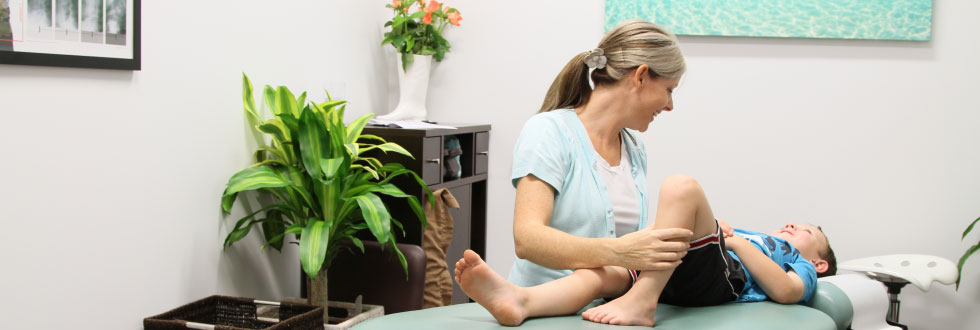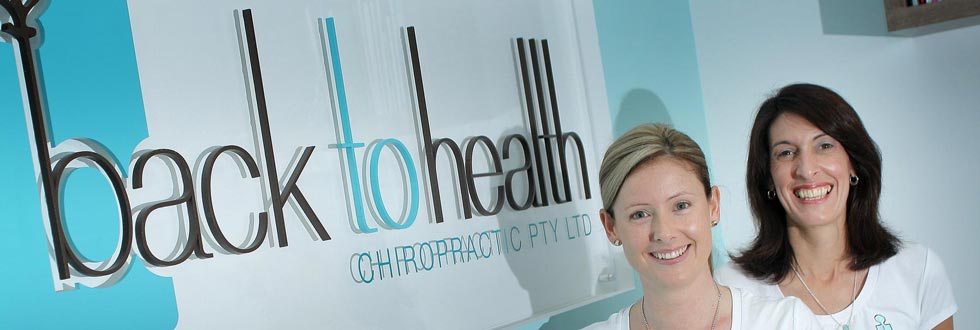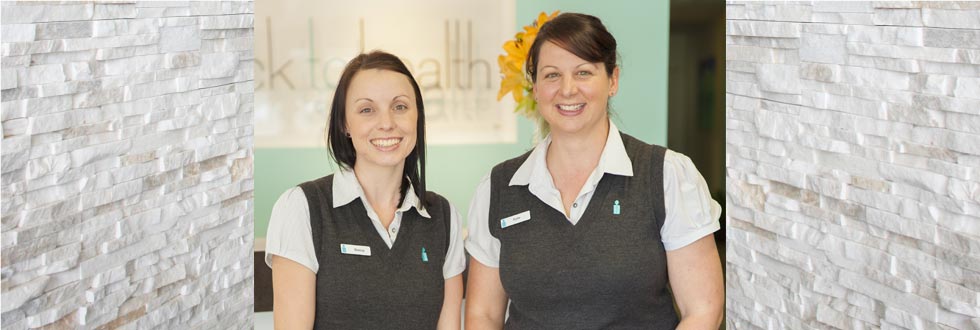Our spine articulates with our skull at the top and our pelvis at the bottom and consists of 24 movable bones (vertebra) in between. This allows us to bend, move and twist in many and varied positions. It holds us upright against gravity, and most importantly it also protects our delicate spinal cord and spinal nerves.
Chiropractors aim to improve spinal mechanics and function through chiropractic adjustments (corrections) to help improve joint mobility and muscle balance and reduce any inflammation (swelling) and irritation to surrounding structures.
At Back to Health Chiropractic we use a variety of adjusting approaches which we tailor to the individual and their condition. We may utilise the more traditional manual techniques for conditions such as sports injuries or for those who prefer a firmer technique. We also use gentle techniques suitable for babies, children, the elderly, during pregnancy and for those with conditions such as acute disc injuries, arthritis and osteoporosis. These techniques may be performed sitting, standing or lying to maintain a comfortable neutral position and avoid bending or twisting.
-
Activator
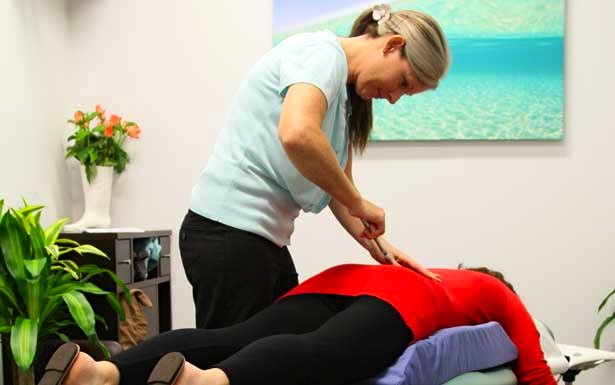 “That little clicking thing”, otherwise known as an activator, has become one of the most popular low force techniques.
“That little clicking thing”, otherwise known as an activator, has become one of the most popular low force techniques.It is a hand held spring-loaded tool that fits in the palm of the hand and resembles a tiny pogo stick that delivers a low force, high speed thrust. Because it is many times faster than adjustments delivered by hand, the body rarely tightens to resist, generally making adjustments comfortable and well tolerated.
The chiropractor places the tip of the activator against the area of the spine to be adjusted. We then adjust the angle and the pressure of the activator before squeezing the activator to deliver the adjustment. The activator makes a little clicking sound, however, this technique does not produce any popping sound from the joint itself.
This technique is typically very gentle and comfortable for our “junior” patients, and for those with arthritis or osteoporosis.
-
Drop Piece
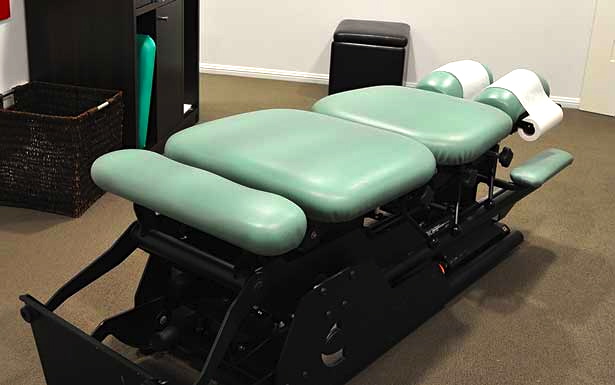 In a large number of chiropractic practices, the tables used have an option to use a special “drop piece”. The chiropractor can lift up a section of the table and it will raise and lock into place underneath you. The piece only lifts up a short distance.
In a large number of chiropractic practices, the tables used have an option to use a special “drop piece”. The chiropractor can lift up a section of the table and it will raise and lock into place underneath you. The piece only lifts up a short distance.As the chiropractor gives the adjustment, you feel the table “drop” down. The sound of the drop can be dramatic, however the adjustment itself is generally still very comfortable and this technique does not typically produce any popping sound from within the joint.
The dropping of the table allows for a lighter adjustment in a comfortable position and avoids the twisting that can accompany other techniques.
-
Diversified Technique
 This is generally the most commonly used chiropractic technique. It utilises patient positioning and hand pressure by the chiropractor to improve movement of a specific joint. The direction, speed, depth and angle that are used is the result of years of experience, practise and thorough understanding of spinal mechanics.
This is generally the most commonly used chiropractic technique. It utilises patient positioning and hand pressure by the chiropractor to improve movement of a specific joint. The direction, speed, depth and angle that are used is the result of years of experience, practise and thorough understanding of spinal mechanics.The joint movement involved with this technique may produce the slight “popping” sound often associated with chiropractic care. This sound is caused by the shifting of gas and fluids within the joint.
-
SOT
 Otherwise known as the sacral-occipital technique. It is named so because of the relationship between the sacrum (base of the spine) and the occiput (base of the skull).
Otherwise known as the sacral-occipital technique. It is named so because of the relationship between the sacrum (base of the spine) and the occiput (base of the skull).This technique uses wedges or blocks placed under your pelvis, either with you lying on your tummy or back while you relax into a new position for a number of minutes.
By knowing exactly where to position these blocks, we use the weight of your body to make corrections, gently and slowly. This technique is often used for acute disc injuries and “sciatica”, arthritis, osteoporosis and occasionally during pregnancy.



